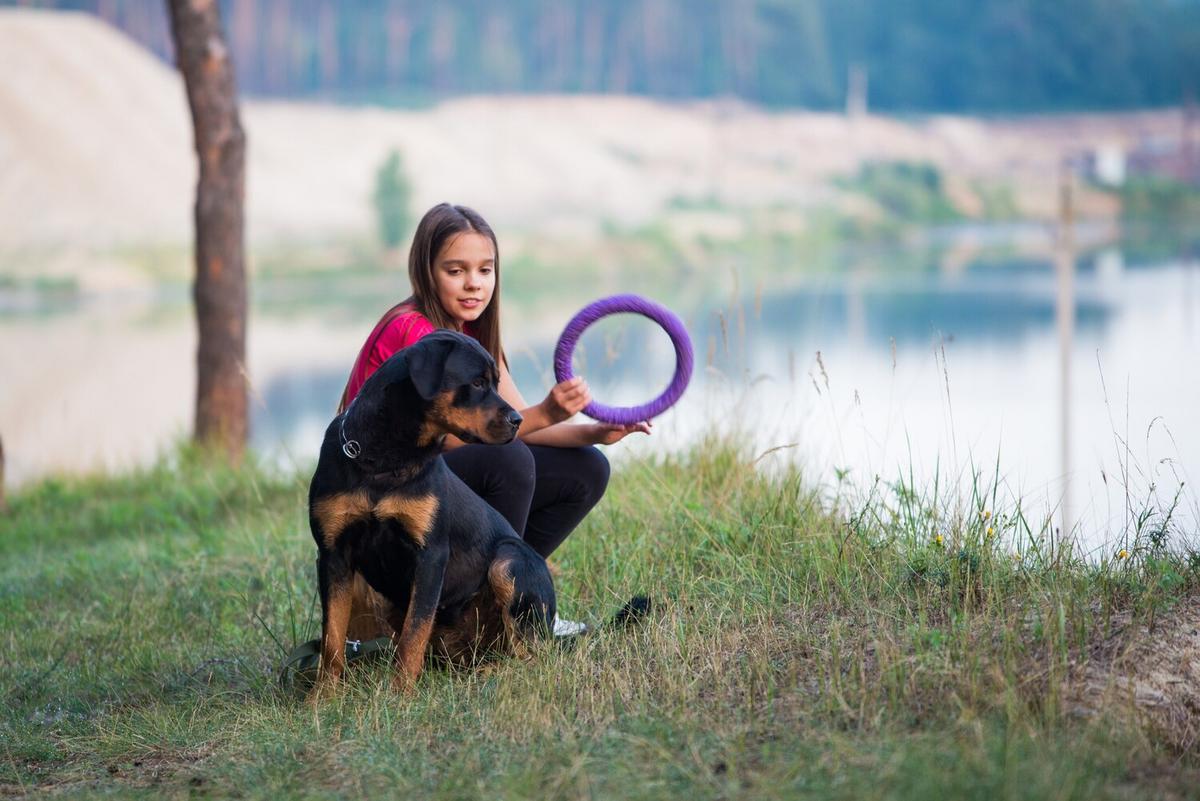Are you struggling with your pet’s behavior? Transforming your pet’s behavior with consistency is a proven method that can lead to a happier and more harmonious life for both you and your furry friend. Let’s explore how a consistent approach can make a world of difference.
Why Consistency is Key
Consistency in training and daily routines creates a structured environment that pets thrive in. According to Dr. Karen Overall, a renowned veterinary behaviorist, “Consistency is critical because animals learn through repetition and clear communication.”
Research Findings
Studies have shown that consistent training leads to better behavioral outcomes. For instance, a study published in the Journal of Veterinary Behavior found that dogs trained with consistent methods demonstrated fewer behavioral issues compared to those with inconsistent training.
Personal Anecdotes
Take the example of Max, a boisterous Labrador whose owners struggled with his jumping behavior. By consistently reinforcing the ‘sit’ command every time Max jumped, his owners noticed a significant improvement within weeks. Consistency paid off, and Max became more obedient and calm.
Actionable Tips for Consistent Training
- Set Clear Rules: Decide on household rules and stick to them. If your pet is not allowed on the sofa, enforce this rule consistently.
- Use the Same Commands: Always use the same words for commands. For example, use ‘sit’ instead of varying terms like ‘sit down’ or ‘please sit.’
- Reward Good Behavior: Positive reinforcement through treats or praise encourages your pet to repeat the desired behavior.
- Regular Training Sessions: Short, daily training sessions are more effective than infrequent, long sessions.
Comparison Table: Consistent vs. Inconsistent Training
| Aspect | Consistent Training | Inconsistent Training |
|---|---|---|
| Behavioral Issues | Fewer issues | More issues |
| Learning Speed | Faster | Slower |
| Owner-Pet Bond | Stronger | Weaker |
| Stress Levels | Lower | Higher |
| Obedience | Higher | Lower |
| Training Effectiveness | Higher | Lower |
| Communication | Clearer | Confusing |
| Routine | Stable | Unstable |
FAQ
What if my pet doesn’t respond immediately?
Patience is crucial. Consistency takes time to show results. Stick to your routine and be persistent.
Can I mix different training methods?
It’s best to stick with one method to avoid confusing your pet. Consistency in your approach is key.
How do I handle setbacks?
Setbacks are normal. Stay consistent and reinforce the correct behavior. Avoid punishment as it can cause anxiety.
Internal and External Resources
For more detailed training guides, check out ASPCA’s Dog Training Tips and Petfinder’s Positive Reinforcement Training.
Conclusion
Consistency is a powerful tool in transforming your pet’s behavior. By setting clear rules, using consistent commands, and maintaining a stable routine, you can create a positive environment that encourages good behavior. Take the time to implement these strategies, and you’ll see a remarkable improvement in your pet’s behavior.




Leave a Reply